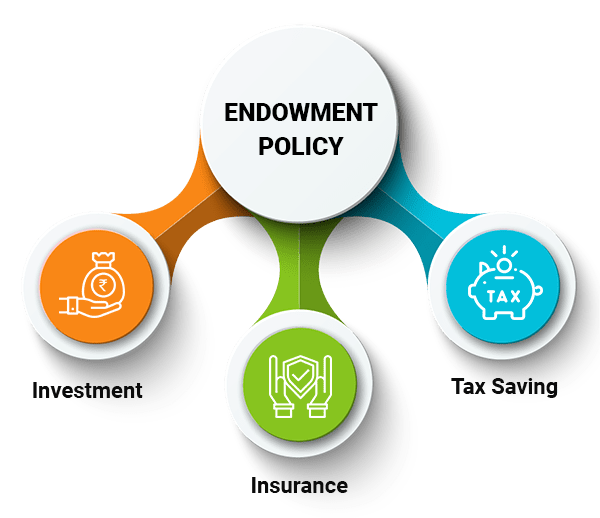The pandemic has not just reiterated the adage ‘health is wealth’, but has also forced many to keep a check on their financial health.
With cash-strapped companies resorting to furloughs, layoffs, and pay-cuts, many from the salaried class are now seeking to tighten their purse strings. As noted by the recent consumer confidence survey of the Reserve Bank of India, drop-in discretionary spending is another new development that is gaining the limelight, aside from work-from-home and social distancing.
Reduced sources of income have reminded us that *money does not grow on trees*, and hence, has to be spent judiciously. To achieve this, you should first assess your spending habits and track your expenses. This can help you set realistic budgets and curb unnecessary spending.
FinTech Apps For Tracking Expenses
Monefy
Every time you swipe your card or make a cash payment, you can make a record of it in the Monefy app. Capturing fewer details of the transactions, the app makes the process of recording easier. All you need to enter is the amount and select the category of income or expense. You can even add a tiny description of the transaction if you so wish. In the pro version (paid) of the app, you can set recurring transactions such as utility bills and salary credits. The pro version is available for a one-time fee of INR199.
The app summarises your expenses through visual graphs and diagrams making it easier to understand your cash outflows. Based on the period selected, the app throws up a pie chart explaining the break-up of your expenses. You can further view the detailed transactions grouped as a category, by clicking on that part of the pie. If you wish to alter the default categories of expenses, you can do so in the pro version.
The app scores on ease of use and simplicity. You can even export data from the app to Google Sheets, and work further on the sorting and grouping. Additionally, it offers features such as an inbuilt calculator, passcode protection, multi-currency support, and budget mode.
There are many other apps that help track your expenses manually such as Walnut and Money Manager. However, manually entering all transactions can be tedious for some, and there could be chances of errors while entering the transactions.
Spendee
The Spendee app can help automate your expense tracking. Using the premium version of the app, you can link your bank accounts and credit cards. After this, the app automatically downloads your financial transactions and categorizes your expenses and incomes, using a pre-set algorithm. Aside from the transactions on your card, you can also add cash transactions manually and change the automatic grouping as well.
These premium features come at a cost though. The app has different subscription plans, ranging from INR79 to INR119 per month, or INR619-INR899 per year. The lifetime membership for the app’s premium version is available for INR7,900. A seven or 14-day trial period is also available to try the various features offered in the premium version.
However, the app’s feature to sync bank accounts is currently only available for a few banks – Axis Bank, HDFC Bank, and ICICI Bank. This can be a limiting factor for customers of other banks.
Also, if you are uncomfortable about the automatic sharing of your bank and financial transaction details, you can enter the transactions manually.
Banking apps
The mobile banking applications of some banks offer features that help you track your expenses. The features vary widely among banks. For instance, Syndicate Bank (now merged with Canara Bank) has an e-passbook application for its customers. The app offers a tool – Personal Ledger – where customers can manually tag each transaction to a particular ledger – food, education, health, fuel, travel, grocery, etc. While this scores over private apps on safety and privacy concerns, manually tagging transactions every month to a particular ledger, can be a hassle for some.
For customers of Axis Bank, the Money
Quotient feature available in their mobile banking application helps get a better understanding of their spending pattern and savings. Not only does this feature help you automatically categorize all your debit cards and credit card spends on a monthly basis, but it also gives you a trend of your expenses and savings of the last six months.
SBI’s YONO app also does a similar spending analysis, by auto-tagging and categorizing transactions.
Axis Bank’s Money Quotient also allows comparison of the spending, saving, and investment habits of the customer with peers with similar demographics, life stage, income profile, etc, within the region category (metro, semi-urban, etc).
My Money
A personal finance management tool available within the internet banking facility of ICICI Bank also has useful features. Not only does the tool help categorize and summarise your expenses automatically from all accounts – loans, deposits, savings account, credit card, and Demat account – with ICICI Bank, but you can also link accounts from over 200 other (non-ICICI Bank) institutions and get an overall picture of your financial status. This can be beneficial for customers who have multiple bank accounts and credit cards. Customers can also get email alerts if they overshoot their budgets and can set reminders for monthly bills.
My Money is however available only for ICICI Bank’s savings accounts customers and is free for the first 30 days. After that, annual charges of INR300 plus taxes shall be debited from the savings account.








